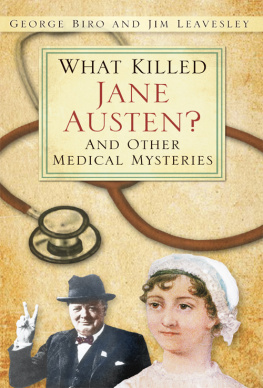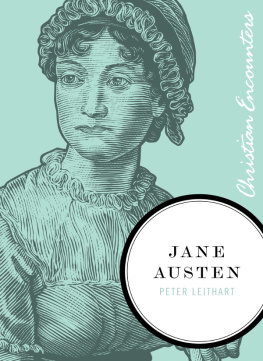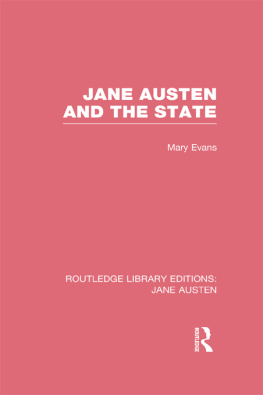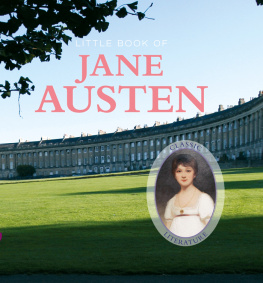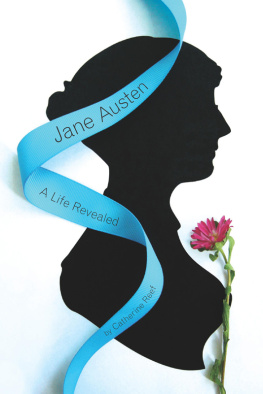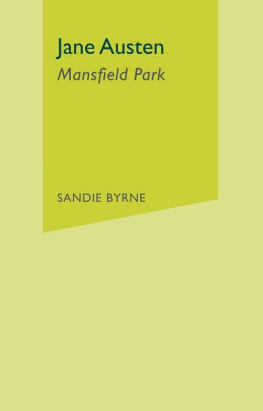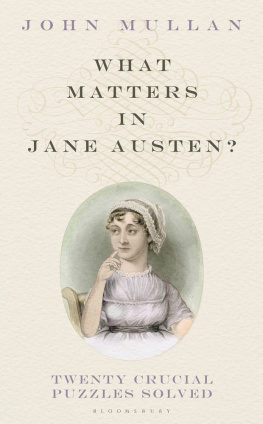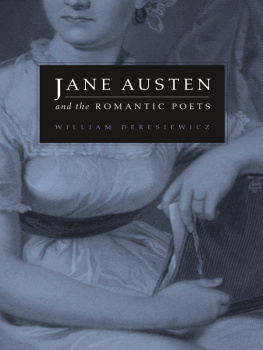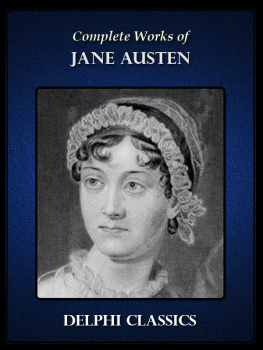W HAT K ILLED
J ANE
A USTEN ?
A ND O THER
M EDICAL M YSTERIES
W HAT K ILLED
J ANE
A USTEN ?
A ND O THER
M EDICAL M YSTERIES
G EORGE B IRO AND J IM L EAVESLEY
This book is dedicated to our wives, Kitty Biro and Margaret Leavesley, who have been our constant supporters, our sternest critics and invariably a source of ideas.
First published by Harper Collins, Australia in 1998
This edition published in 2011
The History Press
The Mill, Brimscombe Port
Stroud, Gloucestershire, GL 5 2 QG
www.thehistorypress.co.uk
This ebook edition first published in 2011
All rights reserved
George Biro and Jim Leavesley, 1998, 2007, 2011
The right of George Biro and Jim Leavesley, to be identified as the Author of this work has been asserted in accordance with the Copyrights, Designs and Patents Act 1988.
This ebook is copyright material and must not be copied, reproduced, transferred, distributed, leased, licensed or publicly performed or used in any way except as specifically permitted in writing by the publishers, as allowed under the terms and conditions under which it was purchased or as strictly permitted by applicable copyright law. Any unauthorised distribution or use of this text may be a direct infringement of the authors and publishers rights, and those responsible may be liable in law accordingly.
EPUB ISBN 978 0 7524 7206 5
MOBI ISBN 978 0 7524 7205 8
Original typesetting by The History Press
Contents
About the Authors
George Biro was born in Budapest, Hungary, in 1938, to an Italian mother and a Hungarian father. The family migrated to Australia in 1947. With such a cosmopolitan background and being good at languages, he harboured thoughts of becoming a journalist. His parents actively discouraged such folderols and recommended he find a more secure and socially acceptable job. So he became a medical student in Sydney; whether this fulfilled the parental criteria is a moot point.
After graduation George joined a group practice in Manly, New South Wales, as a GP/anaesthetist. Later he worked in Ryde Hospital in Sydney. In 1990, having acquired what he saw as the insisted-upon security and social acceptability, he reverted to his first love of writing to become a freelance medical journalist. His articles have appeared in various medical publications. This is his second book.
Jim Leavesley was born in Blackpool, the holiday resort in northwest England. He had early fantasies of becoming a Lancashire county cricketer, but again parental reprovalcoupled with the obvious fact he was not good enough at cricketsoon put an end to that nonsense.
He entered Liverpool University Medical School, graduating in 1954. He migrated to Perth, Western Australia, in 1957. After having worked as a GP in the same medical practice for 33 years he retired to Margaret River, not to grow grapes but to pursue his lifelong ambition of studying and writing about medical history.
Between 1978 and 1986 he did a weekly medical talkback broadcast on local ABC radio, and from 1981 he has been a regular contributor to programs produced by the Science Unit of the ABC, mostly Ockhams Razor. He lectures extensively on medical history and writes a fortnightly column called Historically Speaking for Australian Doctor. In 1993 he was made a Member of the Order of Australia for services to medicine in general and medical history in particular. This is his sixth book.
Preface
Most of these essays saw the light of day in the after hours section of the medical newspapers Australian Doctor and Medical Observer. Others have been adapted from broadcasts written for and presented on ABC radio.
Those in the medical newspapers were aimed at giving light, even comic, relief and soothing balm to doctors once they had ploughed through and wrestled to the ground the daunting and largely indigestible fare of attempting to resolve complicated medical cases or unravel the latest medico-political chicanery or come to terms with more stories of litigation against their colleagues.
Medical history was always regarded as a soft option or indulgence in medical schools; it never featured in examinations. Nonetheless, we are all curious about our roots and the fate of our forebears, and from the interest the stories generated it became obvious that their recounting held a compelling, perhaps morbid, fascination.
With this in mind, it was felt the anecdotes would appeal to a wider audience. So with the help of some judicious editing to cut out the most gory bits, a selection of bizarre, whimsical and ghoulish essays as well as off-beat, quirky clinical facts have been brought together in this book.
1
Kings and Queens
Mary I of England and Philip II of Spain
Mary Tudor, Queen Mary I of England, or Bloody Mary, had staunch religious convictions which made her unpopular in various parts of the country. But what nobody knew at the time was that while on the one hand she displayed energetic piety, on the other hand she had an enervating and disheartening medical condition. If it had been treated successfully the course of English history would have been changed. Mind you, she would have had to wait for over 400 years to be properly investigated.
Mary was born in 1516, the eldest child of Henry VIII by his first wife, Catherine of Aragon. Her father treated her very cruelly as a child, used her in a game of political cat and mouse, and often expressed the wish in her hearing that she were dead. Not surprisingly, her health was always indifferentalthough details are sketchy, as the royal archives from Windsor only date from the reign of George III (1760). It is known, however, that she suffered from bouts of fever (perhaps malaria), anorexia and depression. Even at her coronation in 1553 it was said she had fallen prey to melancholy to the point of illness.
At the time of her coronation she was unmarried. As queen, she became a glittering prize in the dynastic stakes of Europe. In the end her second cousin Philip, later Philip II of Spain, emerged as the frontrunner. Philips fatherthe Holy Roman Emperor Charles V and Charles I of Spainnegotiated the marriage (Philips second).
True love had nothing to do with this match. Both Philip and Mary were devout Catholics and opponents of Protestant heresy, but above all, Charles needed English support against the French.
To marry Philip, Mary defied the hostility of her people. Historian Hendrik Van Loon wrote: Stout British hearts trembled at the prospect of the Spanish Inquisition establishing itself in their midst, and stout British fists were clenched in silent menace.
Charles set down reams of instructions; Philip must be devout, never trust anyone, never show his emotions. Above all, beware the perils of the bedroom:
When you are with your wife be careful and do not overstrain yourself because intercourse often prevents the siring of children and may even kill you.
At the age of 16 he had married the Princess of Portugal, who died only days after giving birth to Don Carlos. This first son of Philip was physically and mentally deficient; Don Carlos was to die in prison under mysterious circumstances.
Mary and Philip were married in 1554, and the Venetian ambassador reported the bride to be of low stature, had large white eyes, was very thin with a red and white complexion, had reddish hair, a low and wide nose, no eyebrows and were her age not on the decline, she might be called handsome (which leaves us to wonder what he would call ugly). Philip was 12 years younger than Mary.

